5 Common Residential Insulation Mistakes to Avoid
Insulation isn’t glamorous. It’s not something most people brag about over coffee. But when your living room feels like a sauna in July or your feet freeze walking across the floor in January, insulation suddenly becomes a big deal. The problem? Too many homes are stuck with insulation that was installed wrong, used in the wrong place, or just left to rot over the years.
If you’re a homeowner or managing a building, these insulation problems don’t just mess with comfort—they cost you money. They drive up your energy bills, strain your HVAC system, and make repairs way more complicated than they should be. The worst part? Most of these headaches come down to the same handful of mistakes.
That’s where residential spray foam insulation makes a real difference. Unlike traditional materials, it seals up the gaps that cause air leaks and energy loss in the first place—helping you avoid the most common insulation pitfalls. Here’s what you should look out for—and how to steer clear of those costly errors.
#1 Not Sealing Air Leaks Before Insulating
Insulation without air sealing is like locking the front door but leaving the windows wide open. It looks like you’re protected, but air is still moving in and out—and so is your money.
Air moves faster than heat
Most people think insulation is supposed to stop air. It doesn’t. It slows down heat transfer, not airflow. If your house has unsealed gaps around windows, recessed lighting, attic hatches, or baseboards, you’re letting in outside air while your conditioned air escapes. That draft you feel in the hallway? It’s probably an air leak the insulation couldn’t stop.

Insulation works better after air leaks are closed
Sealing first isn’t optional. It sets the foundation for everything else. When you skip it, you’re asking your insulation to do a job it’s not designed for. Caulking and spray foam aren’t expensive, but skipping them guarantees you’ll pay for it on your energy bill—month after month.
Fun Fact: The average home has enough air leaks to equal leaving a window open every day of the year. Think about that the next time you touch your thermostat.
#2 Using the Wrong Type of Insulation for the Space
Not all insulation works the same. What goes in your attic probably shouldn’t be used in your crawlspace. But people still mix and match without knowing the difference, which leads to major headaches down the line.
Insulation should match the environment
Some areas of a building are dry and well-ventilated. Others stay damp or need high R-values in tight spaces. Attics benefit from blown-in or spray foam because it fills gaps and doesn’t settle. Basements and rim joists need closed-cell materials that resist moisture. Stuffing fiberglass batts where there’s a lot of humidity? That’s how you end up with moldy walls and soggy insulation that smells like a wet sock.
Misapplication shortens lifespan and weakens performance
Insulation has a job to do. If it’s absorbing water, sagging out of place, or not dense enough, it’s not going to perform as expected. It won’t just stop working—it’ll start creating new problems like condensation, mildew, and inconsistent indoor temps.
Fun Fact: Spray foam doesn’t just insulate—it seals, too. That’s why it’s often used in areas that are hard to reach or prone to leakage.
#3 Ignoring Vapor Barriers or Putting Them in the Wrong Spot
Moisture always finds a way. If you give it an opening—especially in the form of poorly placed insulation or missing vapor control—it’s going to take advantage of it. And when moisture gets trapped inside walls or ceilings, it doesn’t dry out quietly.
What vapor barriers actually do
Vapor barriers don’t block all moisture. They limit how much water vapor passes through the materials around them. Their job is to help keep insulation dry—so it continues to perform. But the trick is getting the placement right. In colder climates, the barrier usually goes on the warm side (interior). In hot, humid climates, it may belong on the exterior. Putting it in the wrong place traps moisture inside the insulation layer instead of managing it.
Long-term damage you don’t see until it’s too late
Once moisture builds up, it starts damaging wood framing, rotting subfloor, and feeding mold spores. The worst part is you probably won’t notice anything’s wrong until the musty smell shows up or a soft spot appears in your drywall. At that point, the fix is no longer cheap.
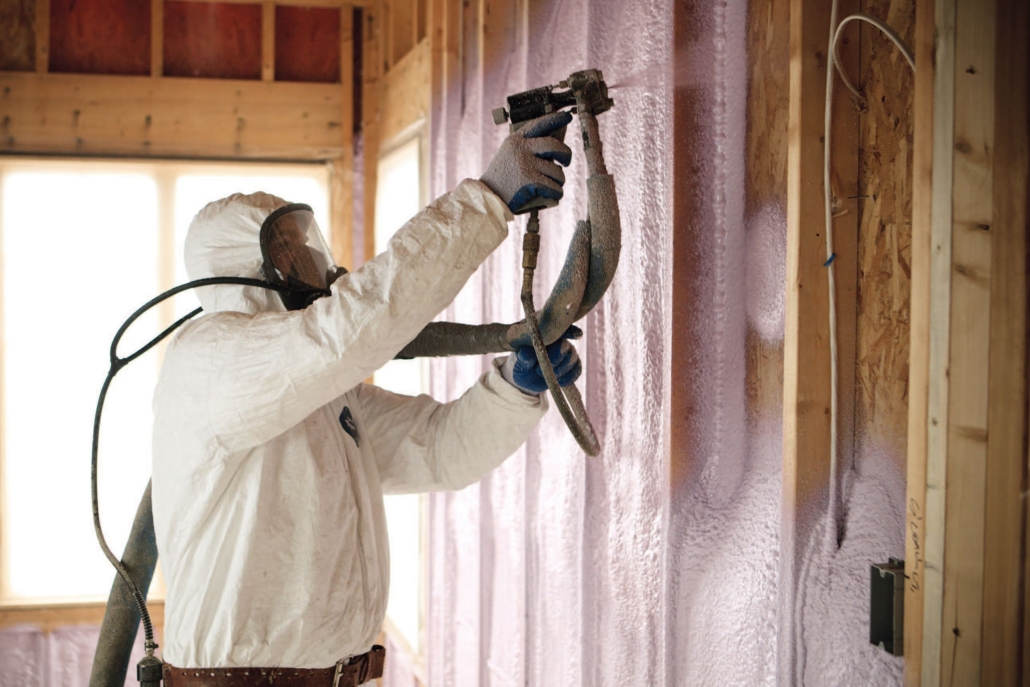
#4 Leaving Gaps and Compressing Insulation During Installation
Here’s a quick way to waste good insulation: squish it into place and leave gaps around the edges. People rush installation or try to make one size fit all. Insulation needs to be fitted carefully and evenly. If it’s stuffed, bent, or bunched up—it’s compromised.
Compression lowers insulation’s effectiveness
Insulation materials—especially fiberglass and cellulose—work by trapping air. That air slows the transfer of heat. When you compress the material, you eliminate those pockets. What you’re left with is an insulated area that looks fine but performs at a fraction of its intended R-value.
Small gaps cause big energy loss
Openings around framing, electrical boxes, and joists might seem minor. But even small voids let heat escape in winter and leak in during summer. These “thermal bypasses” mean your HVAC has to work harder just to keep up, all while your energy bills creep higher and higher.
#5 Overlooking Ventilation and HVAC Compatibility
Insulation doesn’t work in isolation. It’s part of a bigger system that includes airflow and heating/cooling. Skip that connection, and you’ll end up with stuffy air, indoor humidity swings, or an HVAC system that keeps cycling every few minutes.
Insulation without ventilation = trapped problems
Good ventilation helps control moisture and keeps air from becoming stale. In attics, it prevents heat buildup and reduces the chance of mold. In crawlspaces, it keeps the air fresh and dry. When you add insulation but don’t adjust the ventilation, you could trap moisture that damages the very insulation you just installed.
HVAC systems need to match insulation levels
Better insulation lowers heating and cooling demand. But if your HVAC system is oversized for the now-tighter space, it’ll short-cycle—turning on and off frequently without removing enough humidity. This not only increases wear and tear but makes the house feel clammy and uncomfortable, even if the temperature looks right.
When to Double-Check for Insulation Problems
If you’re dealing with any of the issues below, it’s worth taking a closer look at your insulation setup:
- Hot or cold spots in certain rooms
- Drafts even with windows and doors closed
- Musty odors from walls, ceilings, or crawlspaces
- Sudden spikes in heating or cooling bills
- HVAC running constantly without stabilizing temperatures
These are signs your insulation isn’t doing its job—or was never installed right in the first place.
Conclusion
Bad insulation isn’t just annoying—it’s costly and avoidable. The five issues above? They pop up over and over again, and they all come from cutting corners, skipping steps, or misunderstanding how insulation is supposed to work.
Air sealing has to come first. Insulation needs to fit the space, not just be stuffed wherever there’s room. Moisture control isn’t optional. And your HVAC and ventilation systems should match the new performance level of your building envelope. Get those things right, and you’ll see a real difference in comfort, air quality, and energy use.
Whether you’re fixing a decades-old attic or starting from scratch in a new build, taking a thoughtful approach to insulation saves time, money, and frustration. You don’t need fancy materials—you just need the right material in the right place, installed the right way.
Learn more about at: https://www.stellrr.com/?utm_source=backlink
FAQs
How does missing air sealing affect insulation?
Insulation slows down heat, not air. If leaks aren’t sealed first, insulation gets bypassed by airflow, which drags your heating and cooling dollars right out of the building.
Can mold grow behind insulation if there’s no visible leak?
Yes. Moisture from the air can collect in unventilated or poorly insulated areas, especially when a vapor barrier is missing or incorrectly placed. That hidden moisture is perfect for mold growth.
Why do some rooms feel colder than others even if insulated?
It could be uneven insulation coverage, gaps, compression, or air leaks. The HVAC system might also be struggling to distribute air evenly, especially if it wasn’t adjusted after insulation changes.
Do I need a vapor barrier in every insulated wall?
No. It depends on your region, humidity levels, and where the wall is located. Some areas benefit from vapor-permeable barriers instead. Blanket rules don’t apply—building science does.
What happens if I upgrade insulation but not the HVAC system?
You may experience short cycling, poor humidity control, and uneven comfort. A system designed for a drafty house won’t operate correctly in a newly insulated, airtight space.
Reviewer: Sophia White has 8 years of experience in spray foam insulation. She reviewed this post and gave clear guidance on aligning business messaging with what customers actually care about.



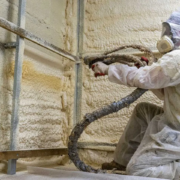
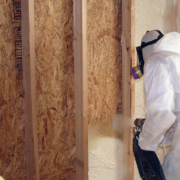
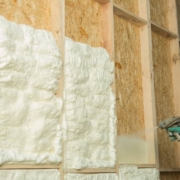

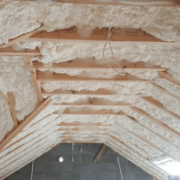

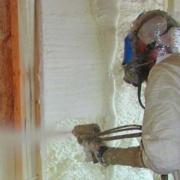


Leave a Reply
Want to join the discussion?Feel free to contribute!